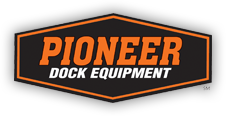About Truck Restraints
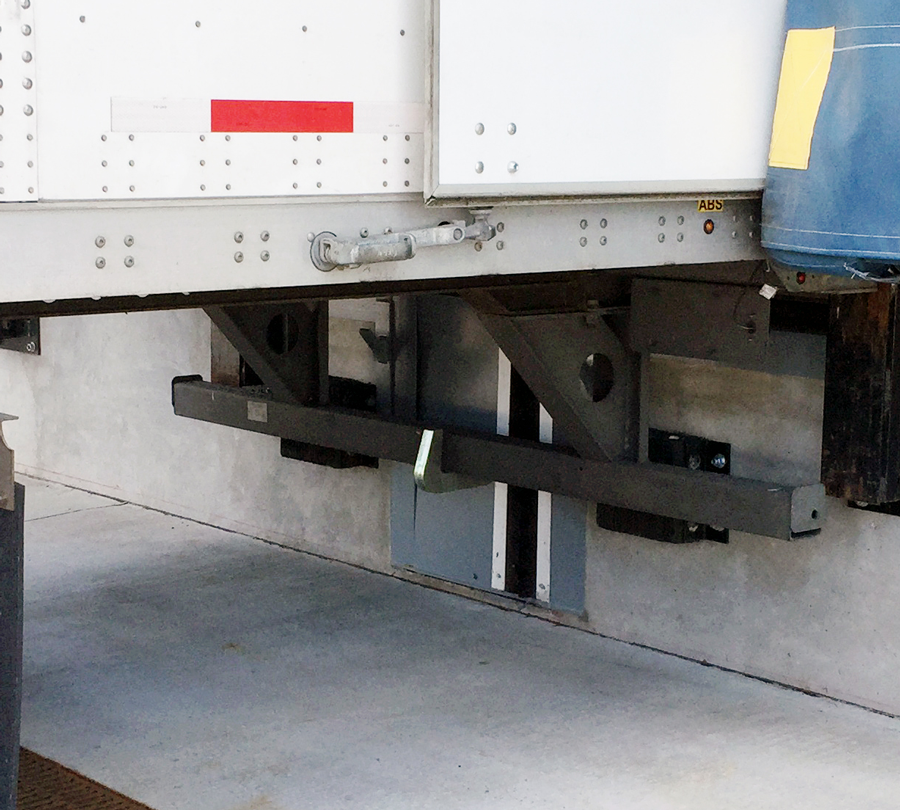
The loading dock is one of the most hazardous, high-traffic areas in any commercial or industrial facility, where the risks of trailer creep and premature departure are constant threats. Truck Restraints (also known as vehicle restraints) provide a vital mechanical connection that secures the trailer to the building structure, preventing dangerous, unexpected movement during loading and unloading operations.
Exceeding basic OSHA requirements, these systems significantly reduce the risk of costly accidents, protect personnel and equipment, and integrate clear, two-way communication (via interior and exterior traffic lights) to ensure a safe, efficient, and compliant workflow at every bay.
With a variety of options and features, these solutions help in eliminating potential problems between your truck and dock leveler on any dock application.
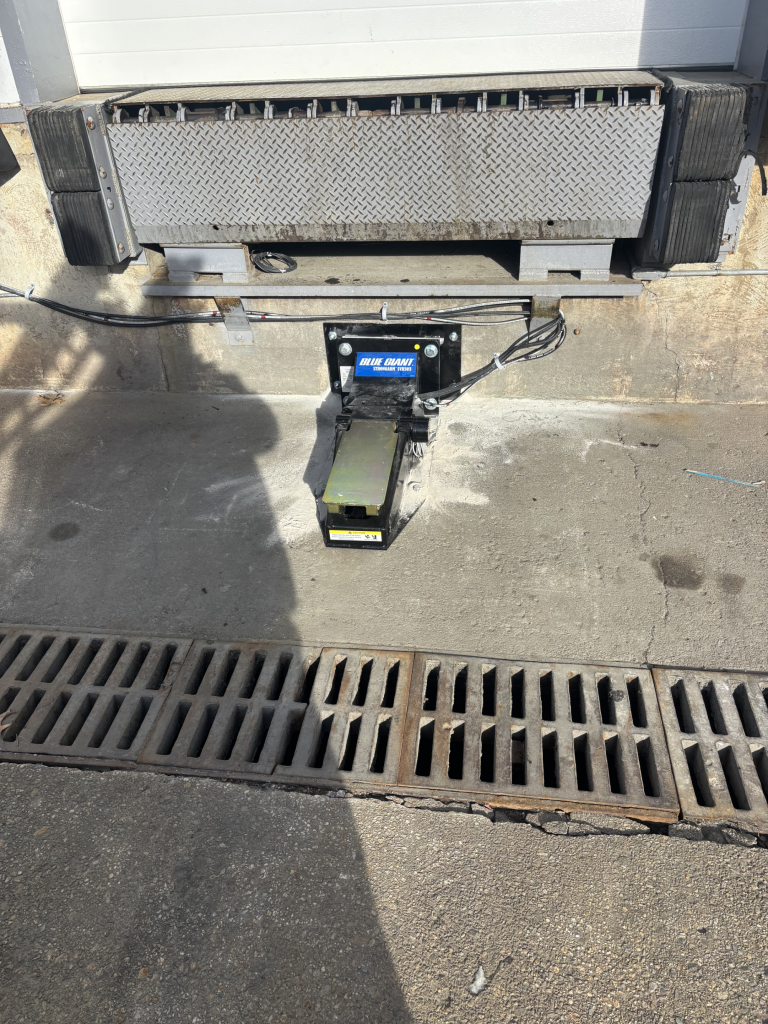
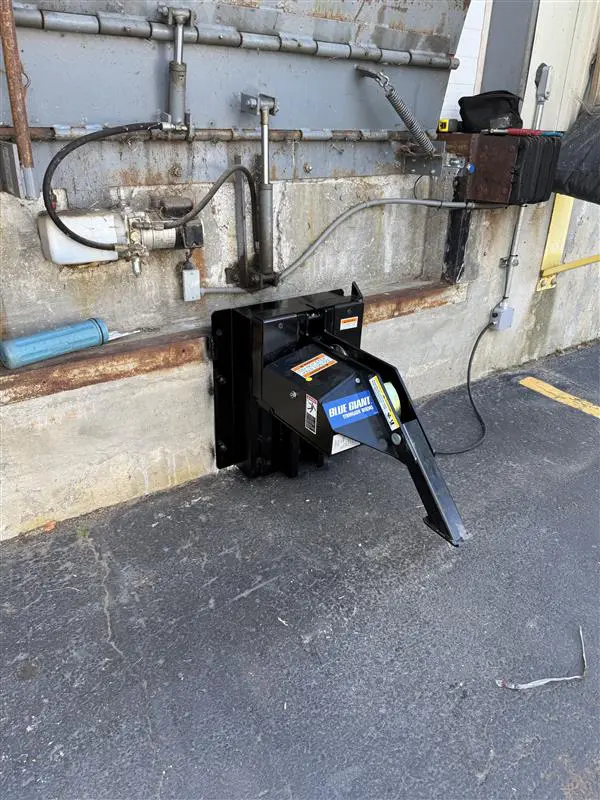
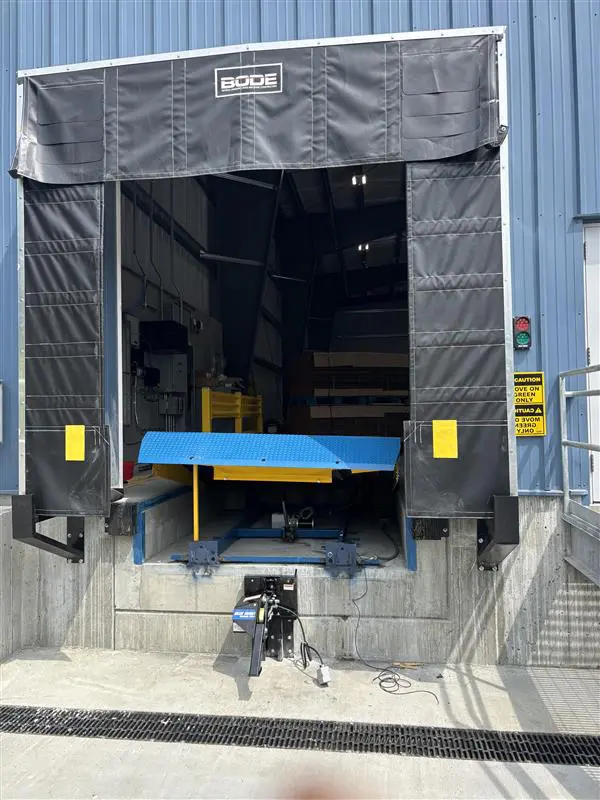
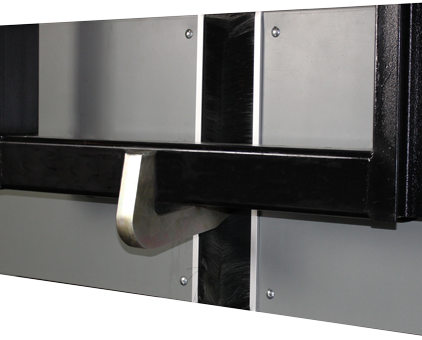
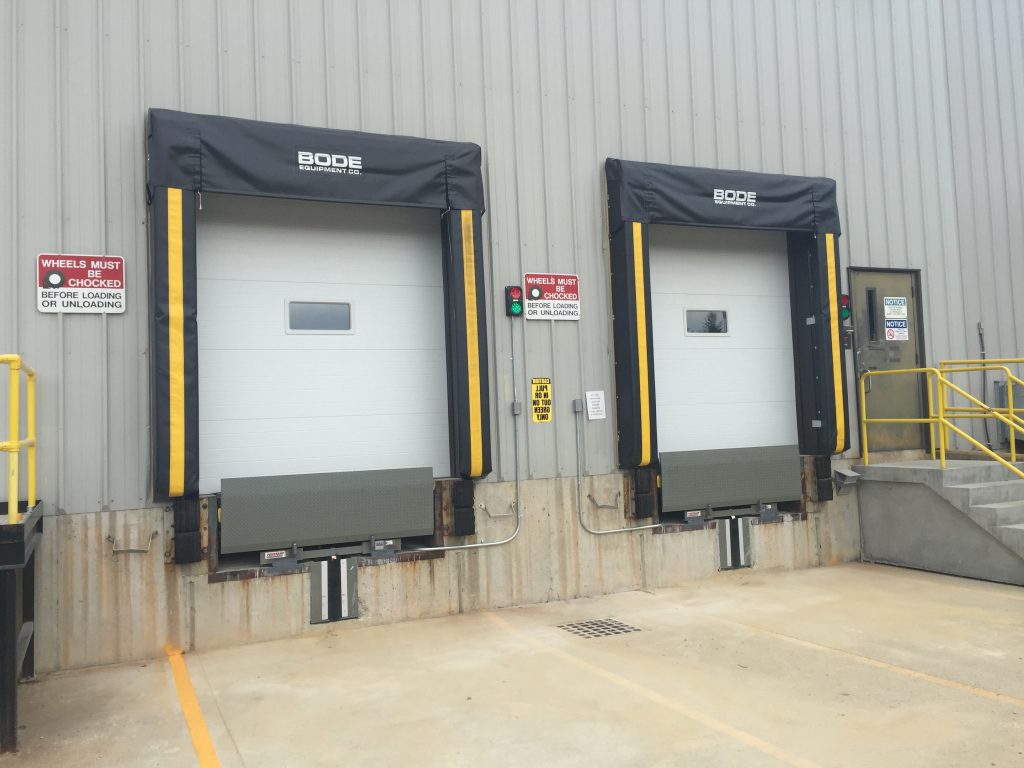
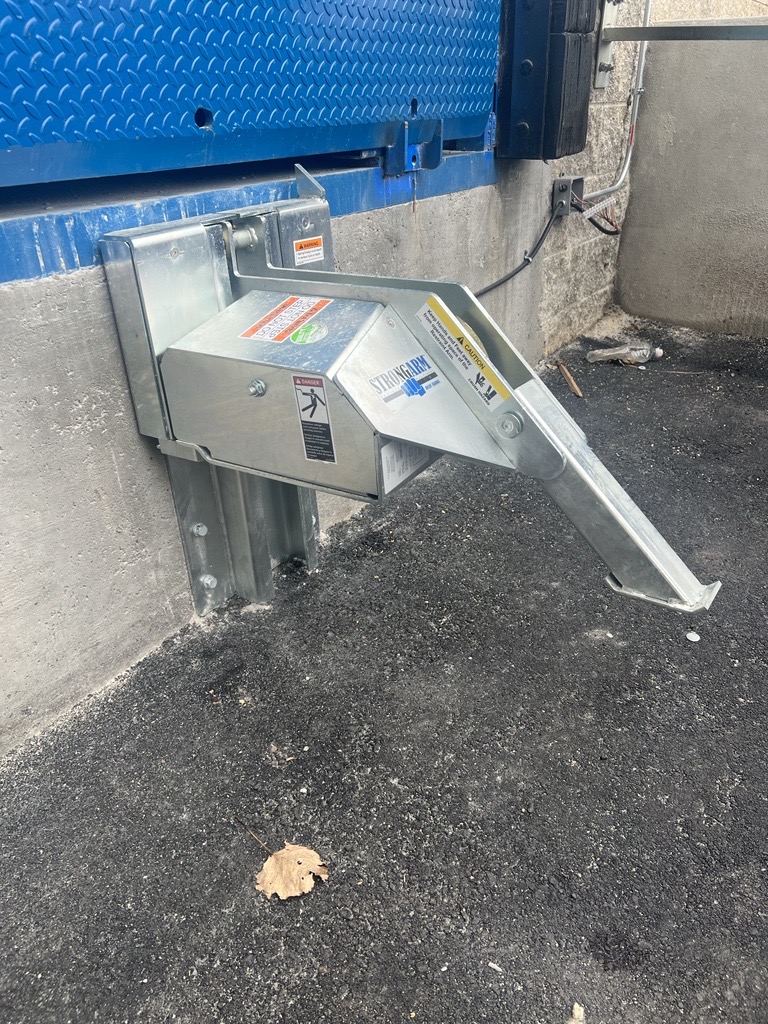
Benefits
Absolute Accident Prevention
The primary function is to prevent catastrophic trailer separation accidents, which are the most common and severe incidents at a dock.
Restraints physically lock the trailer to the dock, ensuring the truck driver cannot mistakenly pull away while a forklift or personnel are inside or entering the trailer. This prevents the gradual forward movement of the trailer caused by repeated impact from forklifts, which can create a dangerous gap between the trailer bed and the dock.
Enhanced Safety Communication
Modern restraint systems use clear, integrated signaling to streamline the entire process. Two-way communication systems (typically red/green traffic lights) provide clear, unambiguous status signals to both the truck driver (exterior lights) and the dock attendant (interior panel lights), preventing miscommunication and procedural errors.
Many systems can be interlocked with the dock leveler or overhead door, ensuring loading operations cannot begin until the trailer is safely secured.
Compliance and Liability Reduction
Truck restraints provide a higher, more reliable standard of safety than traditional methods like wheel chocks. They provide a verifiable, consistent, and automatic method of securing the trailer, ensuring the facility meets or exceeds safety standards, and greatly reducing the risk of fines.
Fewer accidents translate directly into lower workers’ compensation claims, reduced insurance premiums, and minimized risk of litigation.
Improved Efficiency
A safer dock is a more productive dock. Truck restraints eliminate the need to constantly reposition the trailer or stop operations for safety checks (which happens with trailer creep), streamlining the loading/unloading cycle.
By preventing accidents, the facility avoids costly dock closures, equipment damage, and delays associated with investigating and recovering from an incident.

